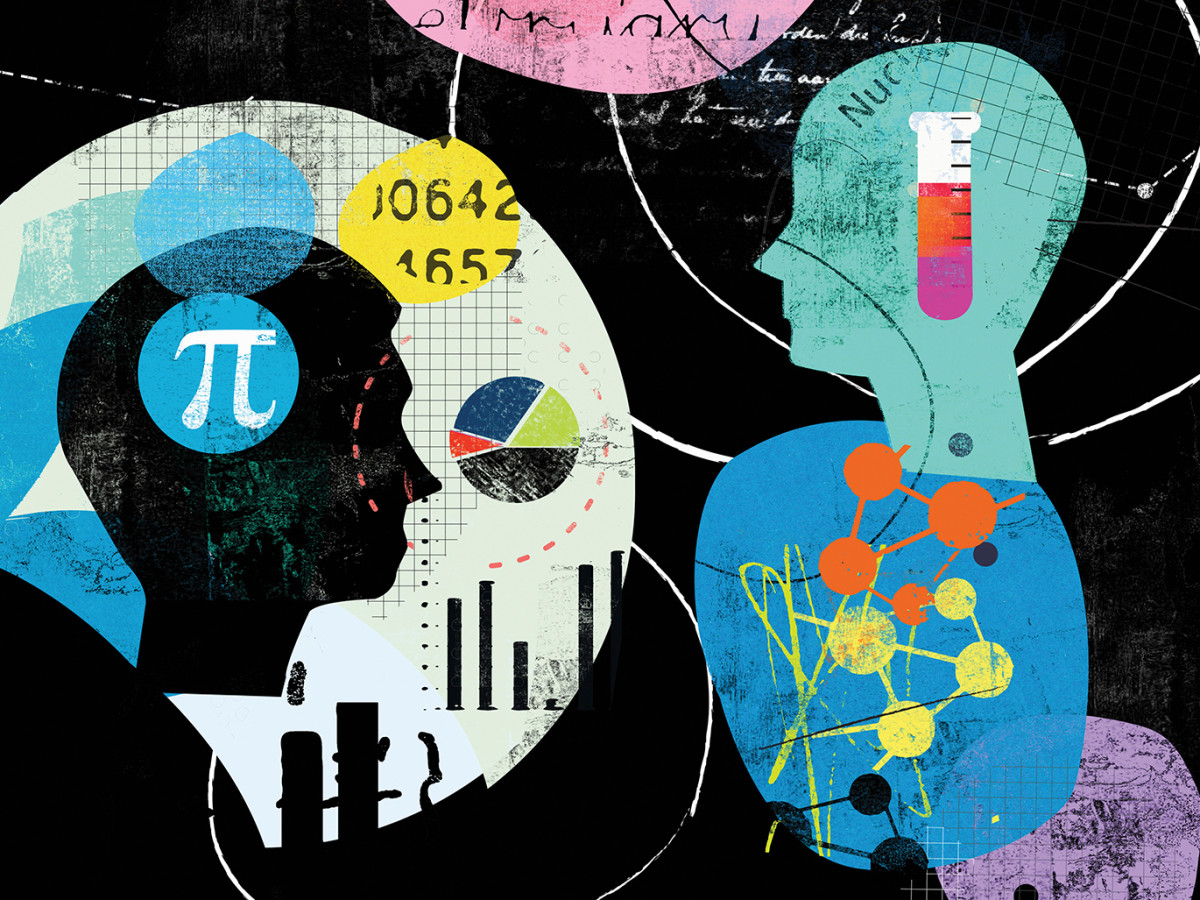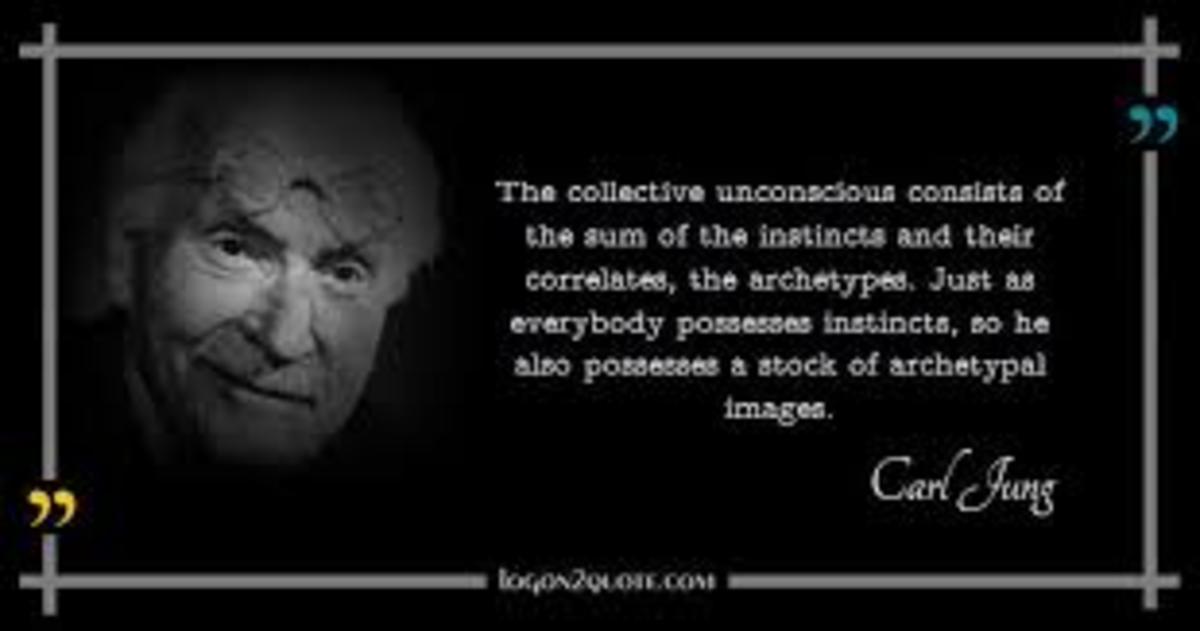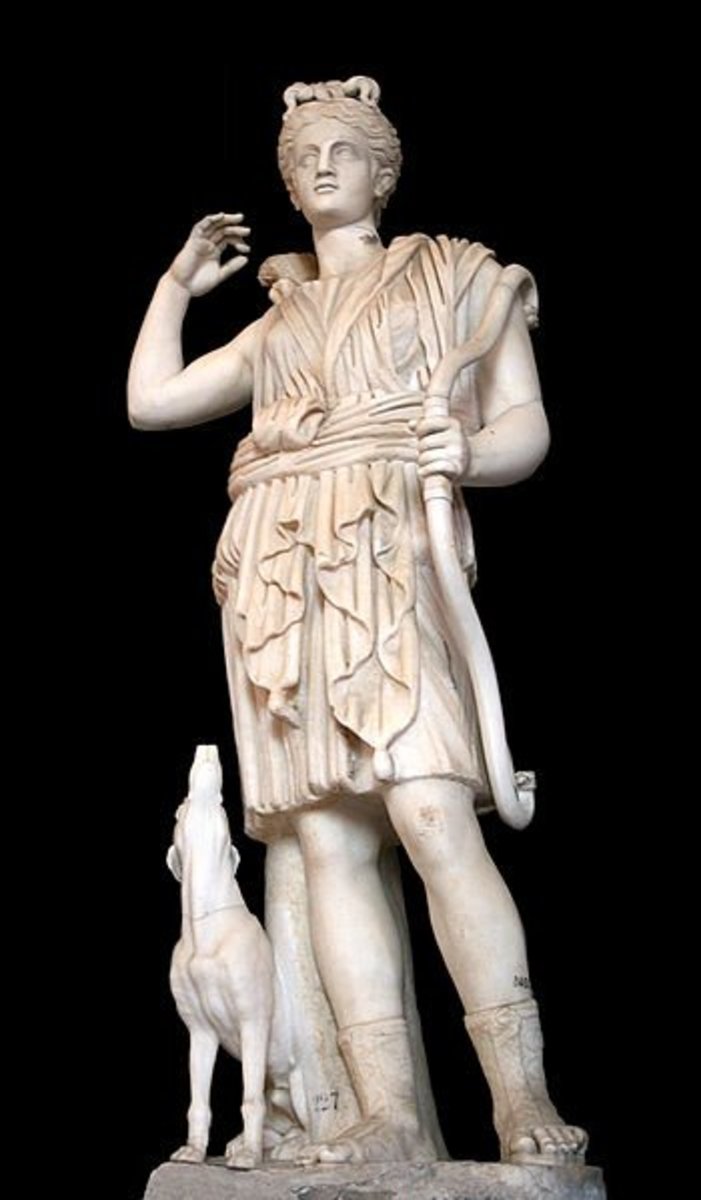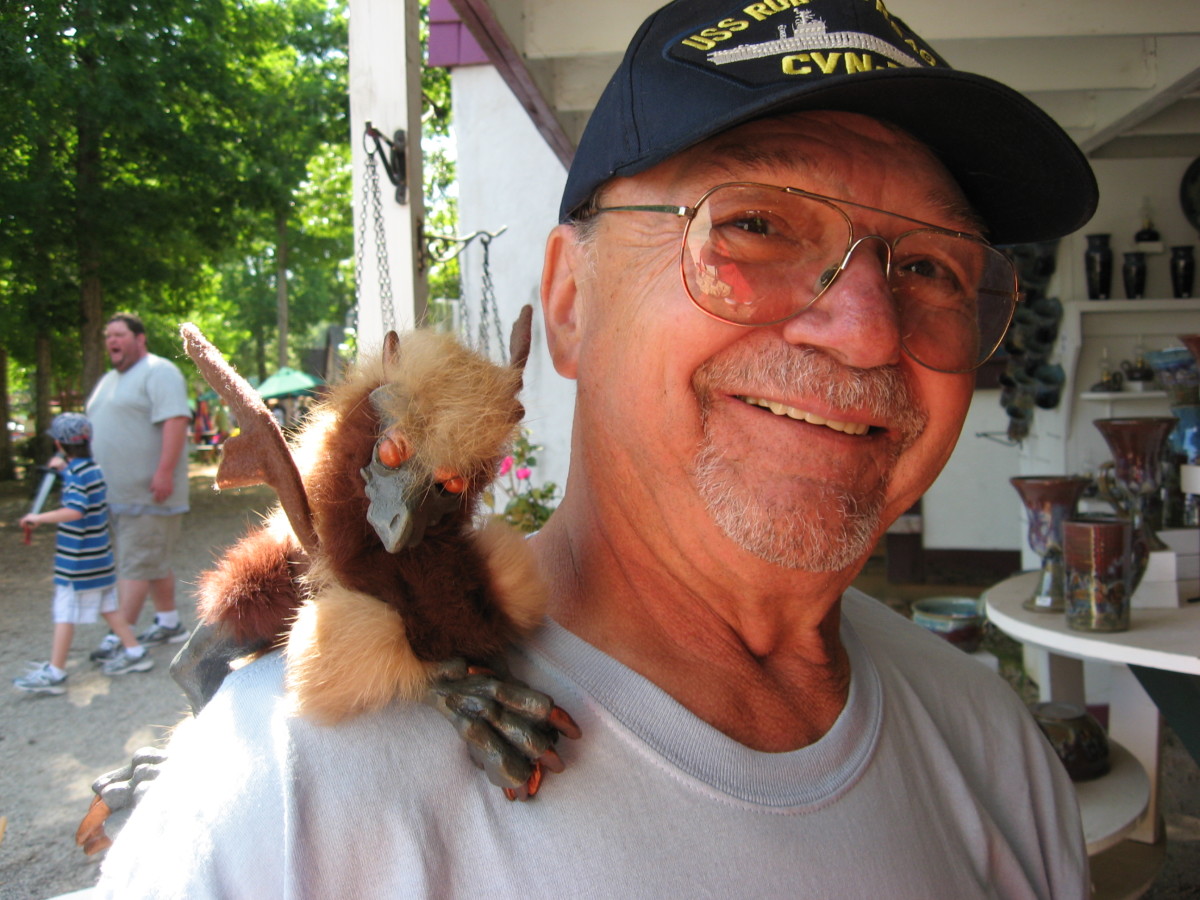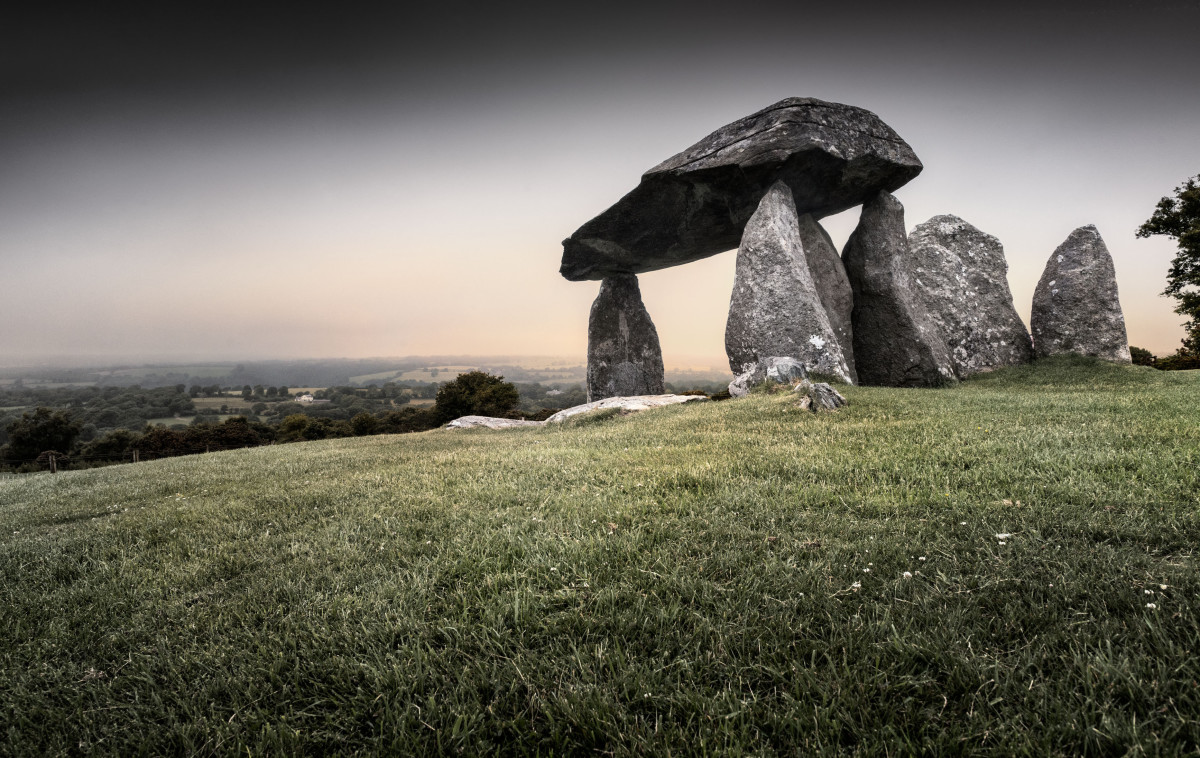The Archetypal Hero in “Rostam and Sohrab”
After reading the assigned myths in the textbook, apply Joseph Campbell’s definition of the hero in a monomyth to one of the myths. Be sure to explain which components of the myth chosen correlate to the following definition taken from Joseph Campbell’s The Power of Myth (1973):
The mythological hero, setting forth from his common day hut or castle, is lured, carried away, or else voluntarily proceeds, to the threshold of adventure. There he encounters a shadow presence that guards the passage. The hero may defeat or conciliate this power and go alive into the kingdom of the dark . . . Beyond the threshold, then, the hero journeys through a world of unfamiliar yet strangely intimate forces, some of which severely threaten him (tests), some of which give magical aid (helpers). When he arrives at the nadir of the mythological round, he undergoes a supreme ordeal and gains his reward. The triumph may be represented as the hero’s sexual union with the goddess-mother of the world (sacred marriage), his recognition by the father-creator (father atonement), [or] his own divinization (apotheosis) . . . intrinsically it is an expansion of consciousness and therewith of being (illumination, transfiguration, freedom). The final work is that of the return . . . The boon that he brings restores the world (elixir) (pp. 245–246).
Be sure to identify the culture whose myth you are analyzing for this and to apply 2–3 components of Campbell’s definition to the hero in the myth chosen.
For this forum I decided to apply Joseph Campbell’s The Power of Myth to the, medieval Persian, myth of “Rostam and Sohrab”. In the myth both Rostam and Sohrab can be seen as heroes by Joseph Campbell’s definition of the hero in a monomyth, however for this discussion I will be focusing on Rostam’s role as a hero in this myth. According to Joseph Campbell the hero-quest involves three main stages: separation (departure), initiation, and return. The first stage of separation/departure according to Joseph Campbell is when the mythological hero, sets forth from his hut or castle, is lured, carried away, or else voluntarily proceeds, to the threshold of adventure. In this myth Rostam’s quest correlates with two and a half of the three stages of a hero’s quest. Rostam’s separation/departure could be interpreted as when he originally left his home in Zabulistan voluntarily because “his mind filled with foreboding” (Powell 267). This correlates with Joseph Campbell’s definition in that Rostam left voluntarily for the threshold of adventure.
Joseph Campbell’s describes the stage of initiation as when the hero journeys through a world of unfamiliar yet strangely intimate forces, some of which severely threaten him, some of which give aid, with the conclusion being the hero undergoing an ordeal and gaining his reward/triumph. Rostam’s initiation could be seen as a series of events beginning with when he ventured into the wild country near Turan and hunted wild asses. After hunting and eating he fell asleep only to wake later and discover his horse missing; Rostam then tracks his horse across the desert to the kingdom of Samangan where he threatens that “many a head would fall from its trunk” if his horse was not returned (Powell 268). Rostam then receives aid from the King of Samangan who offered to allow Rostam to stay as a guest in his house until the horse was found and returned. While a guest of the King Rostam spent the night with the King’s daughter, Tahmina, and in the morning sought and received permission from the King to marry Tahmina. Rostam and Tahmina then learn that Tahminia is pregnant with Rostam’s child when the King informs Rostam that his horse would soon be at the palace gates. In this myth Rostam’s threat was his travel through dessert without his horse or aid of any kind; the aid comes into play when the King offers Rostam his hospitality, and the reward/triumph is the retrieval of his horse, his union with Tahminia, and the conceivement of his child.
The final stage of the hero’s quest is return which Joseph Campbell describes as when the hero returns to his original society with a reward that will benefit all. Rostam only truly fulfills half of this definition in the myth. Rostam does return to his home in Zabulistan, but he does not bring any reward that would have served to better his society; instead he only brings with him his dead son who he had slayed on the battlefield, not knowing he was his son. On his return home Rostam made a tomb for his son in the shape of a horse’s hoof with gold and scented perfume. So while Rostam did return home the only thing that he brought with him was his sorrow and perhaps a lesson in humility as it was Rostam’s refusal to tell his name to his son that led to both of them being unaware of the others identity.
Works Cited
Campbell, Joseph. The Power of Myth. New York: Doubleday, 1973. Print.
Powell, Barry B. World Myth. Boston: Pearson, 2014. Print.
Stroud, Scott R. "Technology and Mythic Narrative: The Matrix as Technological Hero-Quest."Western Journal of Communication 65.4 (2001): 416-41. ProQuest. Web. 3 Feb. 2015.
Simply put, an archetype is a recurring pattern of character, symbol, or situation found in the mythology, religion, and stories of all cultures. In the context of archetypes, Joseph Campbell defined his work as a search for “the commonality of themes in world myths, pointing to a constant requirement in the human psyche for a centering in terms of deep principles” (Campbell 186–187). Carl Jung defined his concept of the archetype as a formula that is the result of “countless experiences of our ancestors. They are, as it were, the psychic residue of numberless experiences of the same type” (qtd. in Gordon ii). Both men felt that the experience of being human can be examined collectively across time, space, and culture and that our commonality can be traced to the most primitive origins of the human consciousness, where the archetypal themes originate in modern men and women.
Archetypes can be thought of as the precursor to conscious thought, existing in the unconscious mind as expressions of psychic happenings, but without a basis in the physical world. Humans did not “invent” archetypes, but they do express archetypes in the conscious world of art, literature, and religion. Unconscious energies are given form in this way. Therefore, the hero is not someone “out there” in the world; he is all of us and our need to grow and mature.
Heroes are constructions; they are not real. All societies have similar hero stories not because they coincidentally made them up on their own, but because heroes express a deep psychological aspect of human existence. They can be seen as a metaphor for the human search of self-knowledge. In other words, the hero shows us the path to our own consciousness through his actions. Jung called the process of forming a consciousness “individuation,” which means the process by which we reconcile the conscious/unconscious aspects of the psyche (Davies 327–331). Thus, when the hero slays a monster, he is not literally killing it in the real world, but facing an aspect of the unconscious, such as lust or rage, in order to control that side of his being. The hero stories can be thought of as road maps to successful assimilation of the conscious, rational mind with the unconscious, animal mind.The images of the hero conquering death or returning from a successful battle provide the restricted conscious mind with new raw material into which to expand, thereby forcing the consumers of the hero stories to expand their conscious image of themselves (Davies 335). The hero stories are both a record of primitive encounters with the unconscious and a prompt for individuals to enter into the struggle for higher consciousness. Functioning in this way, heroes give men and women hope for such things as life after death, reprieve from suffering, and a sense that order rules their lives.
Works Cited
Burke, Ken. “Mythical Structures in Community Vision.” Annual Meeting of the Central States Communication Association. Cleveland, 9–12 April 1992. Print.
Campbell, Joseph. The Hero With a Thousand Faces. Princeton: Princeton UP, 1949. Print.
Campbell, Joseph, and Bill Moyers. The Power of Myth. New York: Doubleday, 1988. Print.
Davies, Robert, James Farrell, and Steven Matthews. “The Dream World of Film: A Jungian Perspective on Cinematic Communication.” The Western Journal of Speech Communication 46 (1982): 326–343. Print.
Ellwood, Robert. The Politics of Myth: A Study of C.G. Jung, Mircea Eliade, and Joseph Campbell. Albany: State University of New York Press, 1999. Print.
Gordon, Walter. Literature in Critical Perspectives. New York: Meredith Corp., 1968. Print.
Prentice, Penelope. “Tell Me a Story I'll Never Forget or Deconstructing Traditional Narrative Plot/Myths to Challenge the Ethics of Conflict.” Annual Meeting of the College English Association. 23rd Annual Meeting. Pittsburgh, 27–29 March 1992. Print.
Valesio, Paolo. “The Beautiful Lie: Heroic Individuality and Fascism.” Reconstructing Individualism: Autonomy, Individuality, and the Self in Western Thought. 163–183. Eds.
Thomas Heller, Morton Sosna, and David E. Wellbery. Stanford: Stanford UP, 1986. Print.



